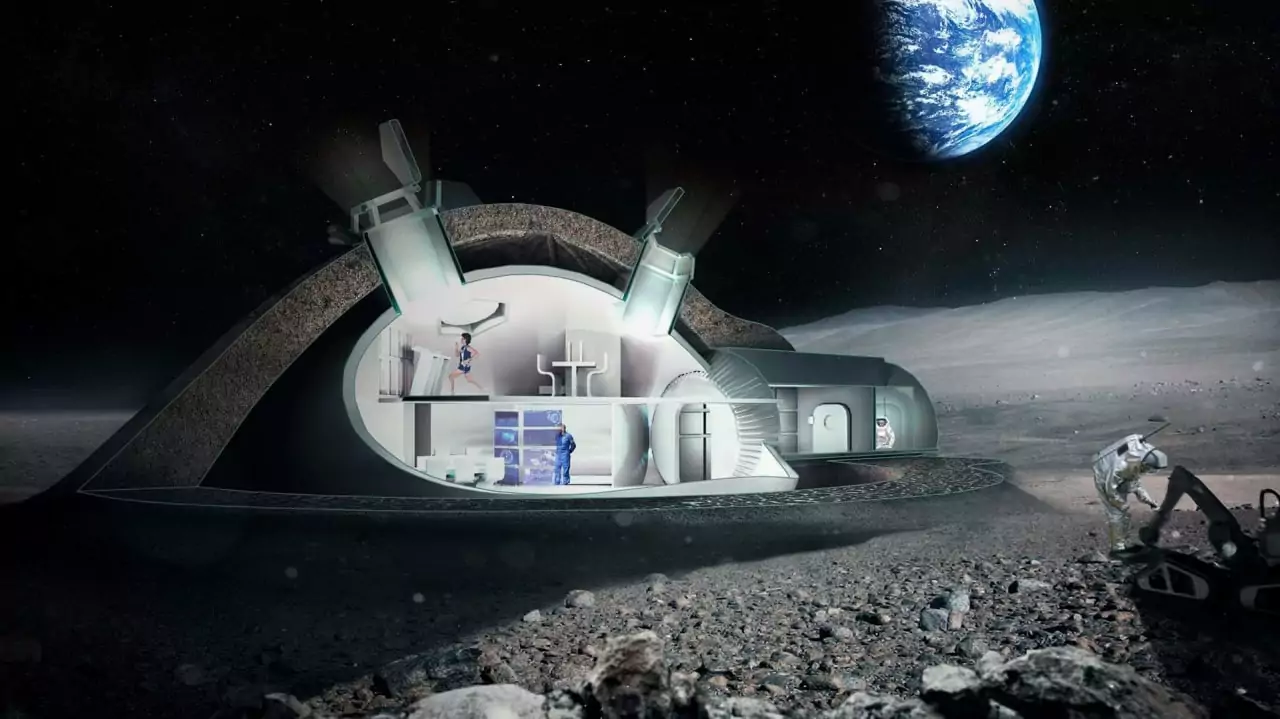Research to create a distributed radio observatory on the surface of the Moon has begun on a grant basis under the NASA Institute for Advanced Concepts program. Representatives of the company note that the construction of such an observatory on the Moon will qualitatively improve the observation capabilities compared to similar installations on Earth. The construction of the lunar observatory is supposed to be on the far side of the Moon, the distributed building will be inscribed in a square with a side of 20 kilometers.
The sensitivity available to such an observatory will make it possible to discern the processes of formation of the first stars.
«Not only will we be able to engage in unique astrophysics, but we will also be able to explore the bowels of the Moon, develop detailed space weather forecasts, detect magnetic fields associated with potentially habitable planets around nearby stars, and even detect lightning and storms on Neptune,» said a representative of Lunar Resources Inc.
